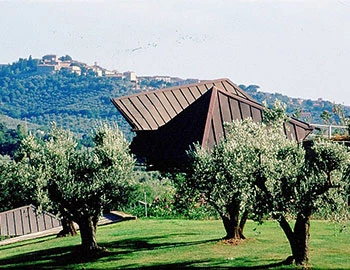Sant'Emiliano 2022
Chiaretto Valtenesi DOC, Azienda Agricola Pratello, 750 ml

Description
Chiaretto ignites the Lake Garda feeling! For five generations now, the Pratello family on Lake Garda has been passionately dedicated to wine and sustainable agriculture. The Sant'Emiliano rosé with the Chiaretto Valtenesi designation of origin is characterised by a cuvée of indigenous grape varieties, in this case Gropello, Marzemino and Barbera. As a wine with a Lago character, it is characterised by a delicate structure with intense aromas. The unmistakable aroma of almond blossom, wild berries and ripe banana caresses the nose. A very harmonious and drinkable Chiaretto, with a soft and full-bodied, fresh and lively palate, which also shines on its own.
Wine expertise since 1844!

Selecting wines and spirits has been our great passion for 180 years. Every day, we do everything we can to find the perfect wine for every dish, every occasion and every taste.
Attributes
| Origin: | Italy / Lombardia |
| Grape variety: | Gropello, Marzemino, Barbera |
| Label: | Vegan |
| Ripening potential: | 1 to 3 years after harvest |
| Drinking temperature: | 10 to 12 °C |
| Food Pairing: | Apéro pastries, Vegetable dip, Seafood salad, Vegetable cous-cous, Pizza or Flammkuchen, Salad with vegetables, pulses, pasta |
| Vinification: | short must fermentation, fermentation at low temperatures |
| Harvest: | hand-picking |
| Maturation: | in steel tank |
| Bottling: | filtration |
| Volume: | 12.5 % |
| Note: | Contains sulphites |
Azienda Agricola Pratello
In Padenghe sul Garda, a small medieval village at the south-western end of Lake Garda, lies the traditional but also progressive Azienda Agricola Pratello.
Vincenzo Bertola directs this agricultural estate, which comprises a total of 100 hectares. 45 hectares of which are planted with vines. In addition, olives, cereals, vegetables and fruit are also grown. Forests and pasture land, on which an Alpaca herd frolics, form part of this estate. The soil, mainly moraine soil with some clay, is loose, stony and dates back to the glacial period. The climate is generally mild and is under the influence of the nearby lake.
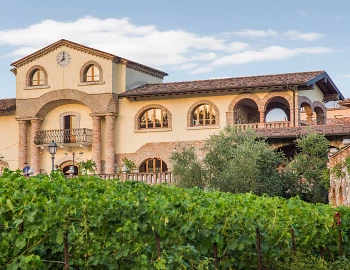
Marzemino
Mozart’s Inspiration
Around 20 different grape varieties are cultivated in Trentino, Italy, all of which provide extremely varied wines. The red Marzemimo also originates from these vineyards, and it is a grape which even found its way into opera. Wolfgang Amadeus Mozart stayed frequently in Trentino, and he loved the dark red wines pressed from Marzemino so much that he composed a memorial to the wine for his opera Don Giovanni. His Marzemino aria begins, “Versa il vino! Eccelente Marzemino.”
This inspiring vine has been cultivated since at least Roman times, and its home is surely Italy. While it has been alleged that the grape stems from an Austrian village called Marzemin, there is no such village
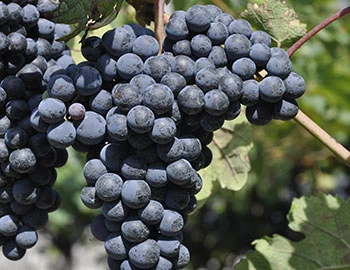
Gropello
Culinary delight
The designation Groppello derives from the dialect term "Gropo," which means "knot." This name alludes to the appearance of the grapes. It is applied to various vine varieties which bear such knotty grapes, and therefore it does not make sense to talk about a particular Groppello variety.
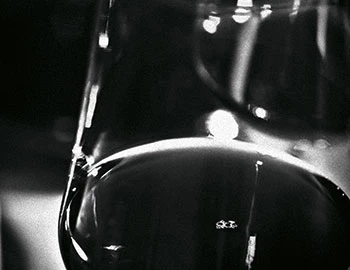
Barbera
The all-around culinary companion
The Barbera grape is one of the cornerstones of the Piedmont. It lends its name to three cultivation areas: Barbera d’Asti, Barbera d’Alba and Barbera di Monferrato. There are fierce rivalries. Thus the vintners of Asti assert that their Barbera is better than those from Alba, because the best sites in Alba are reserved for Barolo and Barberesco. The truth is, there are all kinds of Barbera: young and fruity, ripe and complex, simple or sophisticated. The best representatives are ruby red with pure, sweet cherry fruit, soft body and fresh acidity. They are fantastic culinary companions: there is scarcely any Italian dish with which they do not fit. The variety is well-distributed, thanks to the Italian emigrants in California.
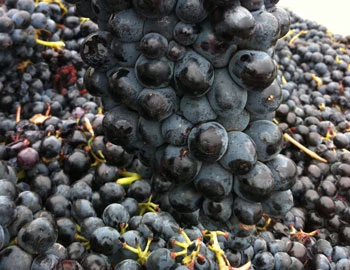
Italy
Italy – Where wine is a way of life
The Italian wine regions are extremely diverse, and this is made clear in their wines. Established varieties such as Merlot, Syrah, and Sauvignon can be found on just 15 percent of the total vine growing area. The remaining 85 percent is reserved for autochthonous, indigenous varieties. More than 2,000 different grape varieties are grown under diverse conditions and pressed with various techniques into wines that reach the top tier of the international wine market.
